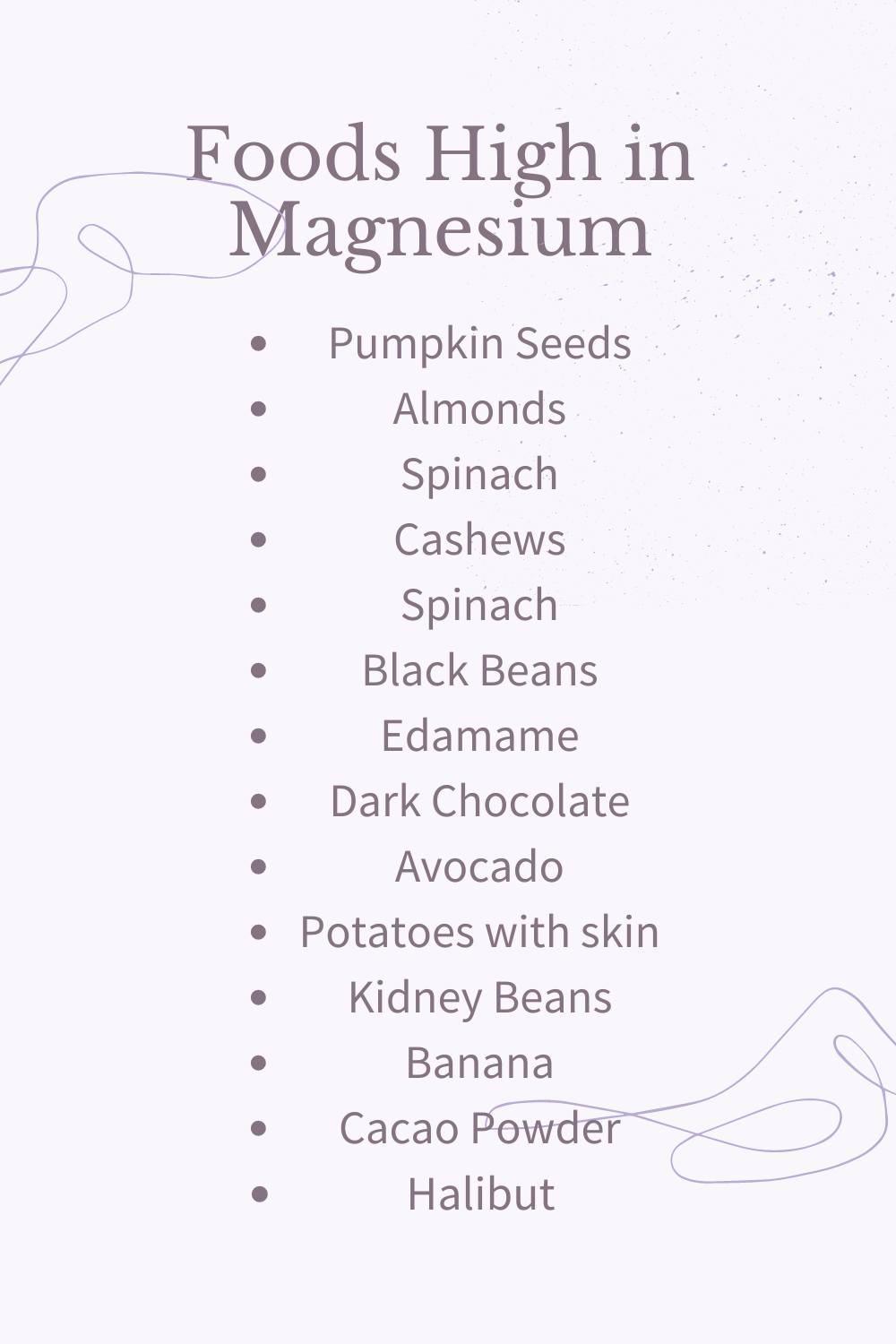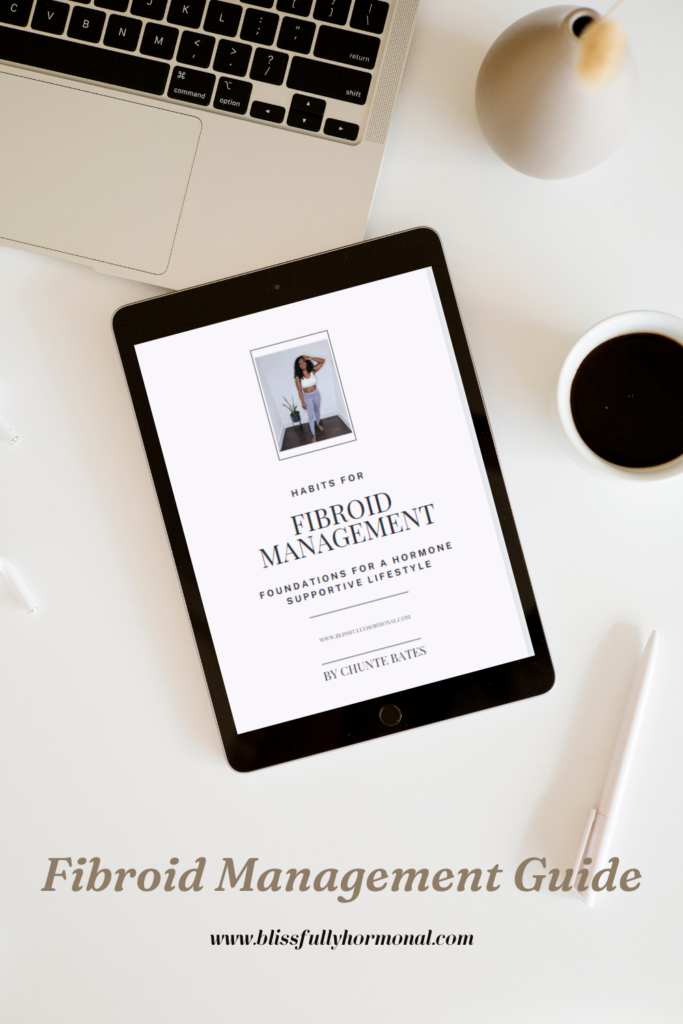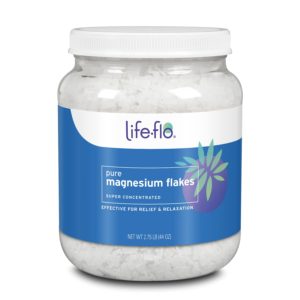How to Get More Magnesium for Fibroids
You may have already heard that magnesium can be beneficial for hormonal health. As someone dealing with fibroids, I’ve also read that using magnesium for fibroid symptom relief is effective.

After experimenting with magnesium supplementation, I can attest to its many positive benefits. From menstrual cramp relief to improved sleep quality, magnesium might just be one of the keys to reducing fibroids and their symptoms.
Magnesium is crucial to many functions in the body, including nervous system regulation, enhancing insulin sensitivity, and heart health. As a result, magnesium is also beneficial to hormonal health.
However, despite magnesium being found in a number of fruits, vegetables, grains, and meat, most people aren’t getting enough in their diet. Factors like alcohol consumption and a diet high in processed foods can make it challenging to get the amounts of magnesium needed by most people.
How do I know if my magnesium levels are low?
Low magnesium levels have been linked to poor mental health and memory, elevated blood pressure, poor sleep, and possibly imbalanced hormones, to name a few symptoms.
If you’re experiencing any of these symptoms, it’s good to get your healthcare provider to test your magnesium levels. There are also a few at-home tests out there like this one. However, a healthcare professional may help interpret the results for you.
How Magnesium Impacts Fibroids
Supplementing with magnesium for fibroids can help reduce some fibroid symptoms. Magnesium helps with detoxification as well as muscle contraction. Therefore, getting enough magnesium can reduce symptoms, including cramps and bloating.
Fibroid Management Guide
Learn how I completely stopped fibroid symptoms, started having lighter periods and even shrank a large fibroid to half its size.
Foods That Are High in Magnesium
I try to get as many of my nutritional needs met by whole foods if possible. There are quite a few foods that are high in magnesium. Seeds, nuts, and leafy greens are generally great sources. Here are a few foods that are highest in magnesium:

Supplementation may help increase your intake if you find it challenging to get the amount your body needs in your diet.
Types of Magnesium
There are at least 11 forms of magnesium. However, for the sake of the brevity of this post, I’ll focus on some of the more common forms.
Magnesium Citrate
This is one of the most commonly found forms of magnesium. It’s often used in supplements marketed for a calming effect.
By far, Golde makes one of my favorite magnesium supplements. I love that it includes lemon balm. It’s great for helping you unwind in the evening, and I notice that I sleep better when I use it.
Magnesium Chloride
This type of magnesium is often used to treat digestive issues and is found most often in some topical magnesium treatments.
You’ve probably soaked in Epsom salts which contain magnesium chloride. Recently I’ve decided to switch to magnesium flakes. They cost more, but they tend to have better absorption.
Magnesium Threonate
I hadn’t heard a lot about this form of magnesium until recently. Threonate seems to be the most promising when it comes to brain health and memory support.
Cymbiotika is known for their quality supplements, so this one is on my wishlist. It has rave reviews, and many people say it tastes great.
Magnesium Glycinate
This form is also known for its calming properties and inflammation reduction. Some studies suggest that it can treat stress, anxiety, and depression.
I plan to try MaryRuth’s Liposomal Magnesium. I appreciate that it has a clean formula, and many of the reviews spoke highly of the taste.
Which form of magnesium is best for uterine fibroids?
There isn’t one particular form or supplement that is generally recommended. The best way to start supplementing for magnesium is to strategically start adding more magnesium-rich foods into your diet.
Then it may be best to move on to topical forms like a magnesium spray or bathing in magnesium flakes. Slowly increasing your magnesium take is best to avoid symptoms like upset stomach.
My personal strategy is to incorporate an oral form and use magnesium flakes in my bath one to two times a week. I’ve experienced less bloating and more restful sleep with this strategy.
Always consult your healthcare provider when determining which form is best for you and your symptoms.
Have you tried any magnesium supplements or had testing for your levels? Let me know in the comments!











